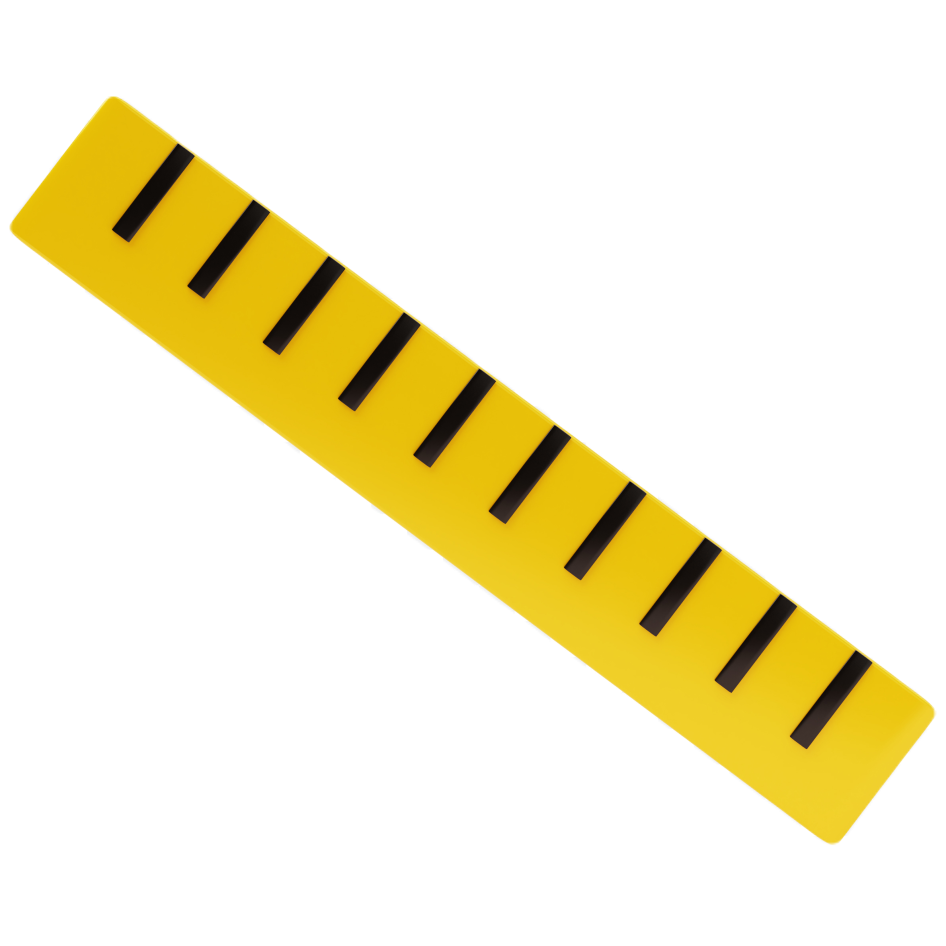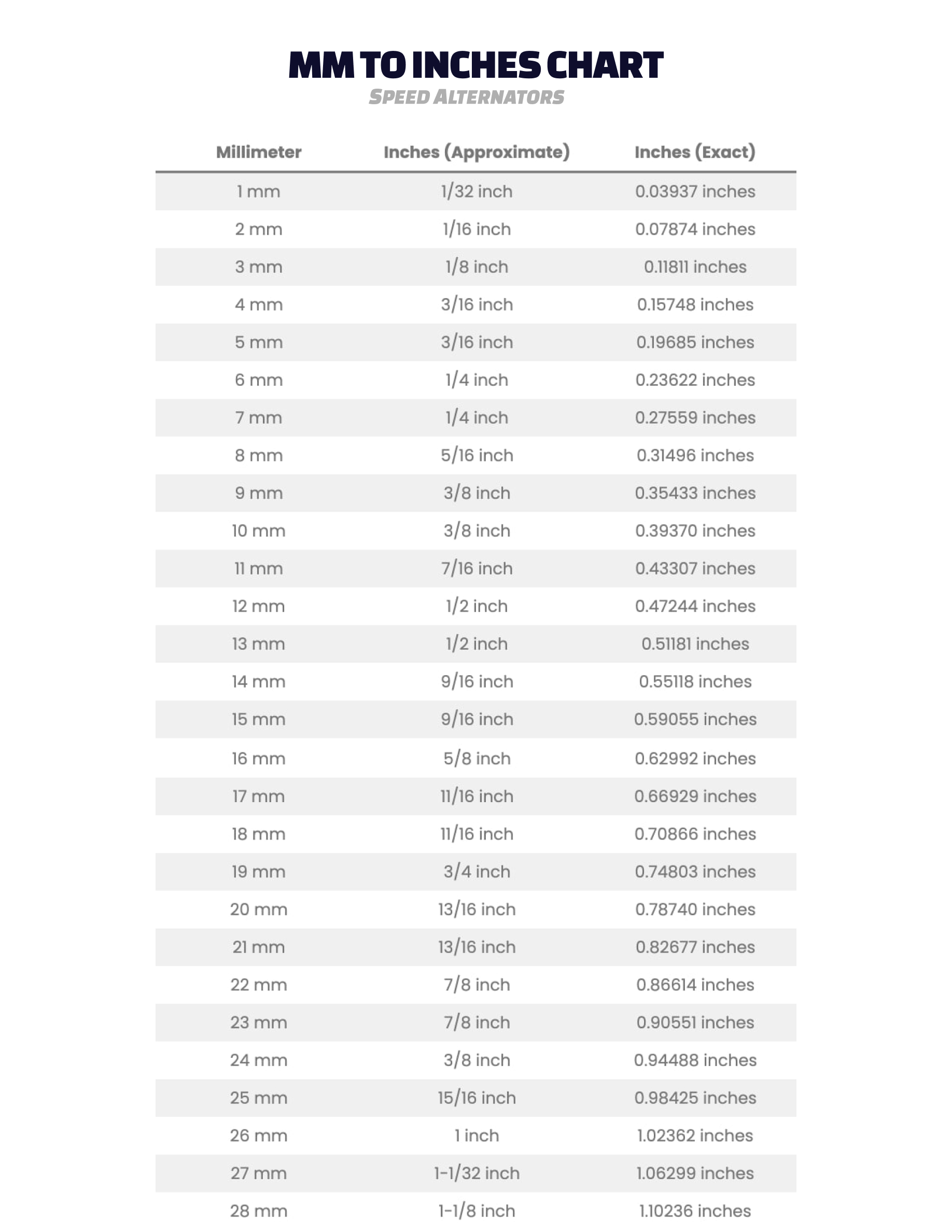5.56mm To Inches: A Comprehensive Guide To Understanding The Conversion
Understanding the conversion from millimeters to inches is essential for anyone working in fields such as engineering, construction, or manufacturing. The metric system is widely used globally, but in countries like the United States, the imperial system remains prevalent. Therefore, knowing how to convert 5.56mm to inches becomes crucial for seamless communication between professionals using different measurement systems.
The need for accurate conversions has grown with globalization, especially in industries that rely heavily on precise measurements. From designing machinery to creating architectural blueprints, the ability to convert millimeters to inches ensures compatibility and precision. This article will delve into the intricacies of converting 5.56mm to inches, providing you with all the necessary tools and knowledge to perform this conversion effortlessly.
Whether you're a student, professional, or hobbyist, having a solid understanding of unit conversions is invaluable. By the end of this article, you'll not only know how to convert 5.56mm to inches but also gain insights into the broader context of metric and imperial systems and their applications in real-world scenarios.
Read also:Katharine Ross Young A Comprehensive Guide To Her Life Career And Achievements
Table of Contents
- Basics of Conversion
- Understanding the Metric System
- The Imperial System Explained
- Formula for Converting 5.56mm to Inches
- Real-World Applications of Conversion
- Tools to Simplify Conversion
- Common Mistakes in Unit Conversion
- Historical Perspective of Measurement Systems
- Frequently Asked Questions
- Conclusion
Basics of Conversion
Unit conversion is a fundamental skill that bridges the gap between different measurement systems. When converting 5.56mm to inches, it's important to understand the basic principles behind the process. The millimeter (mm) is a unit of length in the metric system, while the inch is part of the imperial system. The conversion factor between these two units is 1 inch = 25.4 mm.
Why is this conversion factor significant? It serves as the foundation for all conversions involving millimeters and inches. By knowing this ratio, you can calculate any length in millimeters to its equivalent in inches. This section will explore the importance of understanding conversion basics and how they apply to real-life situations.
For example, if you're working on a project that requires precise measurements, being able to convert between these units ensures accuracy and compatibility with international standards. This ability is particularly crucial in industries such as aerospace, automotive, and construction.
Understanding the Metric System
History and Development
The metric system was first introduced during the French Revolution as a universal system of measurement. It is based on multiples of ten, making it easy to use and understand. The millimeter, being one-thousandth of a meter, is a standard unit of length in this system.
Today, the metric system is the official system of measurement in most countries around the world. Its adoption has streamlined scientific research, engineering, and trade by providing a standardized way to measure quantities.
Applications of the Metric System
In fields such as medicine, science, and technology, the metric system is indispensable. For instance, in medical imaging, measurements are often provided in millimeters to ensure precision. Similarly, in scientific research, the metric system facilitates collaboration across borders by providing a common language for measurement.
Read also:Unveiling Carrie Keagan A Comprehensive Guide To Her Life Career And Achievements
- Used in scientific research
- Standard in manufacturing
- Essential in global trade
The Imperial System Explained
Origins and Usage
The imperial system, primarily used in the United States and a few other countries, has its roots in historical British measurement systems. The inch, one-twelfth of a foot, is a basic unit of length in this system. Despite the global shift towards the metric system, the imperial system remains deeply ingrained in certain industries and cultures.
Understanding the imperial system is crucial for anyone working in fields where it is still prevalent, such as construction and carpentry in the United States. Familiarity with both systems allows for better communication and collaboration in international projects.
Challenges of Using the Imperial System
One of the main challenges of the imperial system is its complexity compared to the metric system. The lack of a base-ten structure can make calculations more difficult and prone to errors. However, with practice and the use of conversion tools, these challenges can be overcome.
Formula for Converting 5.56mm to Inches
The formula for converting millimeters to inches is straightforward: divide the length in millimeters by 25.4. Applying this to 5.56mm:
5.56mm ÷ 25.4 = 0.2189 inches
This calculation shows that 5.56mm is approximately equal to 0.2189 inches. While this result may seem simple, the implications of such conversions are far-reaching, especially in industries where precision is paramount.
To ensure accuracy, it's recommended to use a calculator or digital tool when performing conversions. These tools can handle complex calculations and reduce the likelihood of human error.
Real-World Applications of Conversion
Engineering and Construction
In engineering and construction, the ability to convert between metric and imperial units is essential. For example, when designing a building that will be constructed in both metric and imperial environments, accurate conversions ensure that all components fit together seamlessly.
Manufacturing and Production
Manufacturers often deal with parts and materials sourced from different countries, each using their preferred measurement system. Being able to convert 5.56mm to inches allows manufacturers to maintain consistency and quality in their products.
Additionally, in the automotive industry, where precision is critical, unit conversions play a vital role in ensuring that parts manufactured in one country fit perfectly in vehicles assembled in another.
Tools to Simplify Conversion
Various tools are available to simplify the process of converting 5.56mm to inches. Online converters, mobile apps, and even spreadsheet software can perform these calculations quickly and accurately.
- Online conversion calculators
- Mobile apps for quick reference
- Spreadsheet functions for batch conversions
These tools not only save time but also reduce the risk of errors. For professionals who frequently perform unit conversions, investing in reliable tools can significantly enhance productivity and accuracy.
Common Mistakes in Unit Conversion
Even with the availability of tools, mistakes in unit conversion can still occur. Some common errors include:
- Forgetting the conversion factor
- Misplacing decimal points
- Using outdated or incorrect conversion tables
To avoid these mistakes, it's important to double-check calculations and use trusted resources. Regular practice and familiarity with both metric and imperial systems can also help minimize errors.
Historical Perspective of Measurement Systems
The history of measurement systems is a fascinating journey through human civilization. From ancient civilizations using body parts as units of measurement to the development of standardized systems, the evolution of measurement has been closely tied to technological advancements and societal needs.
The adoption of the metric system in the late 18th century marked a significant turning point in this history. It represented a move towards rationality and universality in measurement, paving the way for modern scientific and industrial progress.
Frequently Asked Questions
Q: Why is the metric system preferred over the imperial system?
A: The metric system is preferred due to its simplicity and base-ten structure, which makes it easier to use and understand. It also facilitates international collaboration and standardization.
Q: How accurate is the conversion of 5.56mm to inches?
A: The conversion of 5.56mm to inches is accurate to four decimal places, resulting in approximately 0.2189 inches. For most practical purposes, this level of precision is sufficient.
Conclusion
In conclusion, understanding how to convert 5.56mm to inches is a valuable skill that finds applications in various fields. By mastering the basics of unit conversion and familiarizing yourself with both metric and imperial systems, you can enhance your ability to work effectively in a globalized world.
We encourage you to share this article with others who might find it useful and explore more resources on our website for further learning. Your feedback and questions are always welcome, so feel free to leave a comment below. Together, let's continue to expand our knowledge and improve our skills in measurement and conversion.

